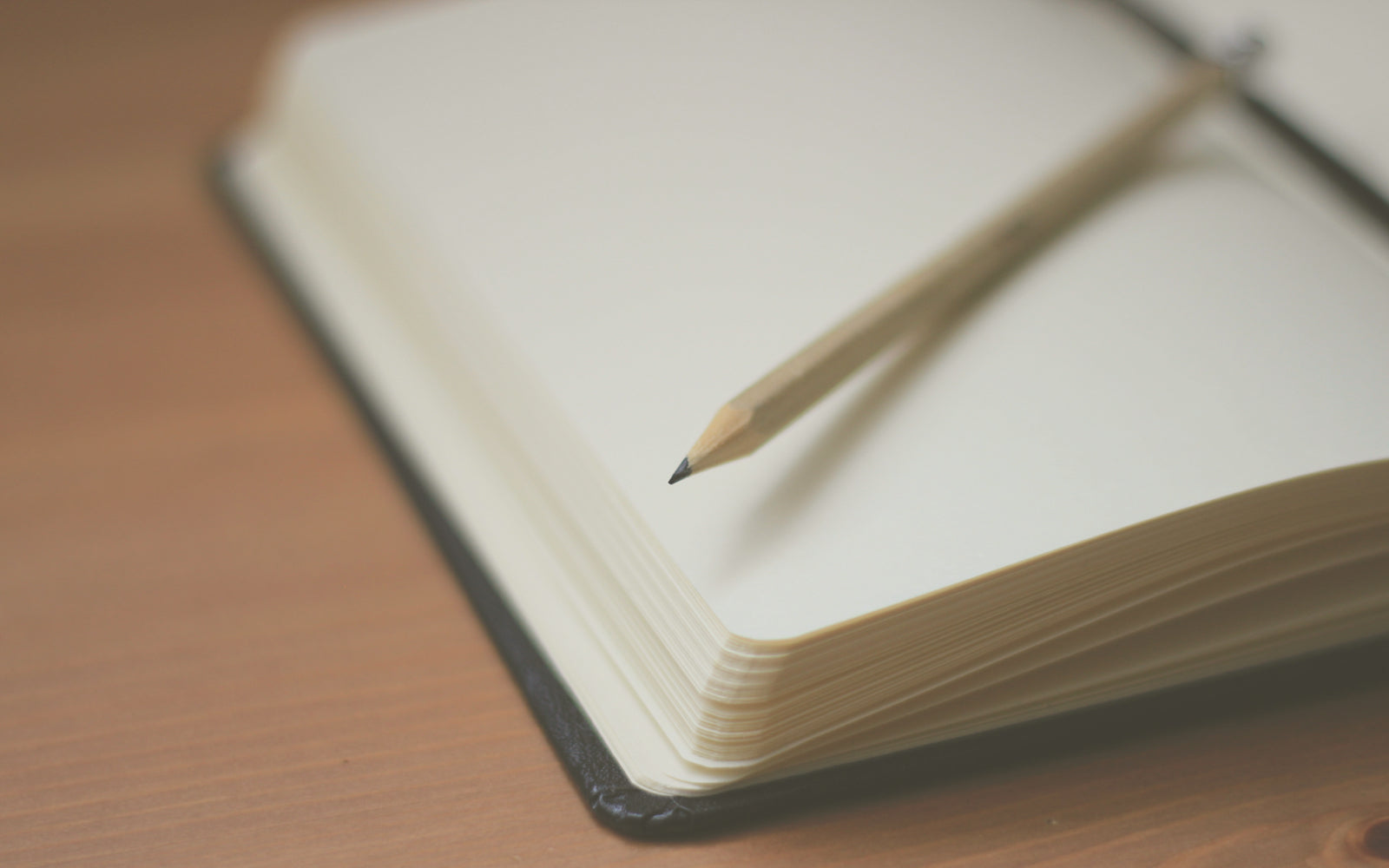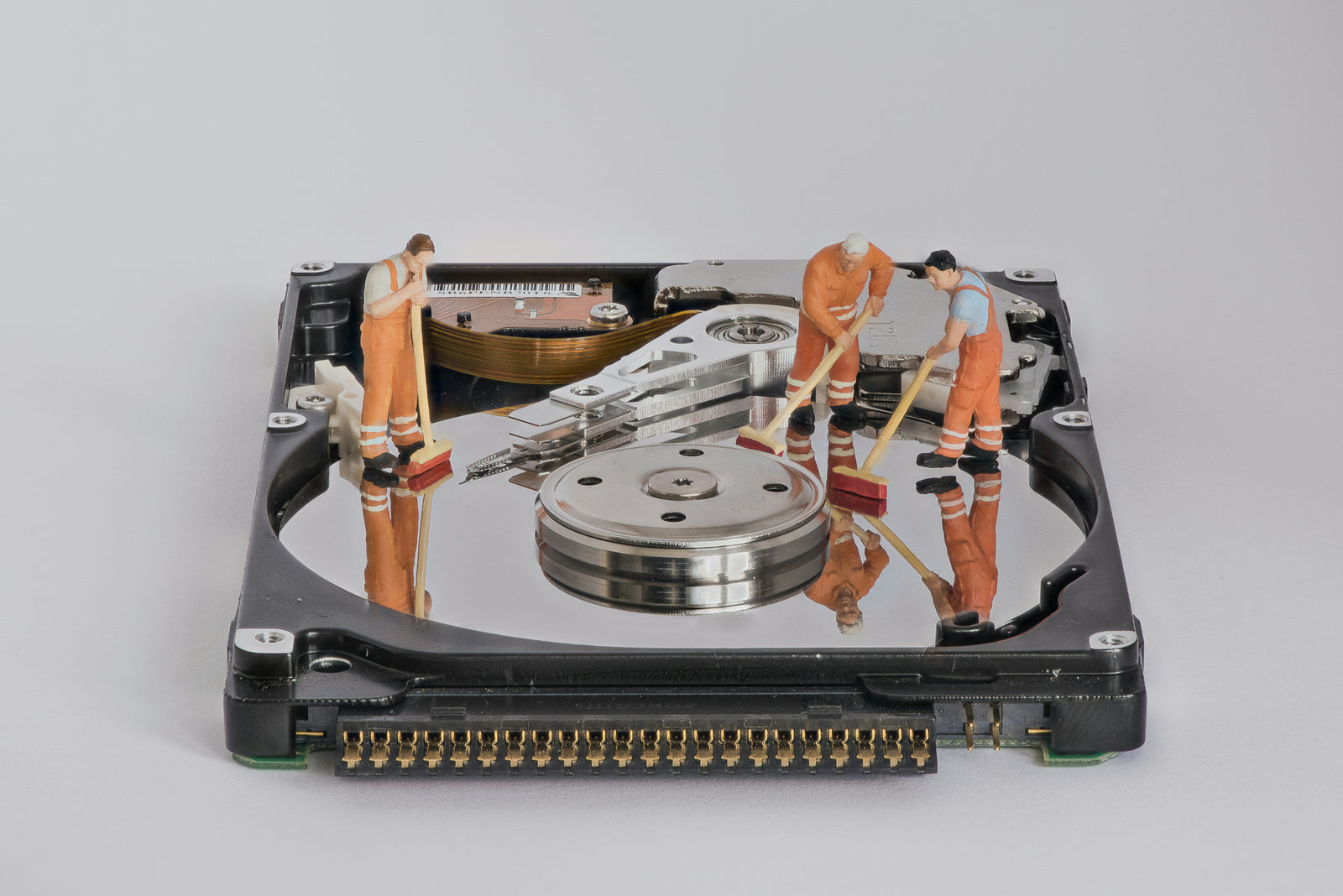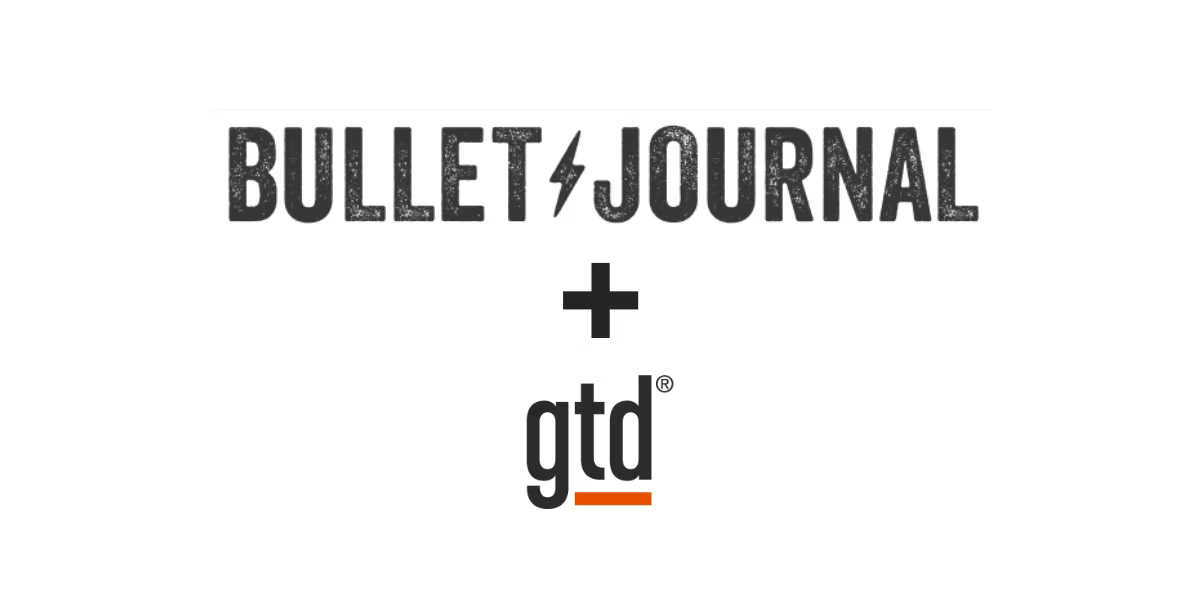"I don't need to write that down…I'll remember!" That, ladies, gentlemen, everyone outside and in between, is the biggest lie you'll hear from the large majority of people with ADHD.
I was diagnosed with ADHD when I was 6 years old. I struggled to focus in the classroom and in important meetings. I struggled in friendships because I often forgot about commitments I made (short-term memory and ADHD go together like a warm cookie and ice cream…beautifully.) I paid for four different planners within a year because I either felt like I messed up, or couldn't keep within the confines of the pre-made planner.
It wasn't until over 15 years after my ADHD diagnosis that I started Bullet Journaling in 2016. Prior to Bullet Journaling, I had difficulty paying attention in the classroom, during meetings and at home performing everyday tasks…When I started Bullet Journaling at the end of my junior year in college, all that changed. It introduced me to this foreign concept called "productivity." It also provided me the ability to function in life according to my own confines, not the confines of a standard planner.
I'm sure many other people (with or without ADHD) can relate to how hard it can be to make up one's mind. That statement holds true in how I choose to utilize my Bullet Journal. In my latest Bullet Journal methodology, I use both my Bullet Journal and the Todoist task management app interchangeably. I like to keep my notes in my Bullet Journal and my tasks in Todoist. Some days the tasks may directly go into the application. Other days I'm just in the mood to write everything down (nothing like putting pen to paper). On these "traditional" days, I'll later transfer the tasks to my Todoist app when I review my day.
I've enjoyed this method thus far largely because I can add labels to each task in Todoist. If I'm at a computer, I can look at the tasks with the label "At_Computer" and accomplish those. If I have a few minutes before I take my lunch and I'm feeling motivated, I can look at my "10-minute" tasks and choose a task that will only take ten minutes. If I had a list of items to ask a colleague next time I see them, I can pull out the "With [Colleague's Name]" label and relay those over. I find that the most beneficial time for me to use the "traditional" Bullet Journal method demonstrated by Ryder is whenever I'm in a meeting. I'll take notes, mark importance, write down action items, etc. However, after the meeting I'll review my notes, transfer the action items into the Todoist app and label accordingly.

No matter how often I fluctuate between my own variations and Ryder's original method, I've discovered four constants that are most important for effective productivity and managing my ADHD:
1) The open "external hard drive." No, not a literal external hard drive. I think of my Bullet Journal or Todoist as my external hard drive; a secondary location to keep whatever's swirling in my head safe. I'm well aware that because my ADHD, I have a lower chance of remembering thoughts, ideas or actions to take. So, the first thing I do when I get to work is I open my Bullet Journal and/or Todoist application so it is ready for "data transfer" if you will. With my Bullet Journal or app already open, all I need to do is quickly download that information from my brain into a secondary location. I've found that if I need to put in effort to locate my Bullet Journal or Todoist application each time I have something on my mind, I become unmotivated instantly. When I'm in the middle of a task and a thought crosses my mind, the sheer act of taking two seconds to write down the interrupting thought(s) allows me to clear my headspace and properly get back to my original task. I feel comfortable knowing that the thought I had has been placed in a secure location ready for review later.
2) The reviews. Reviewing my notes at the end of the day, week, month and year allows me to categorize my notes and/or actions according to what adds value and what's important. The review time is also great for looking at what I'm grateful for about that day. I know I can be hard on myself, so gratitude puts things into perspective for me whenever I feel like I'm not doing enough.
3) The morning set up. I'm most productive during the days that I take the time to schedule out my top priorities for the day. A common trait in people with ADHD is poor time management. It's hard to grasp how long tasks may or may not take. So, I always try to overestimate the time it will take to perform such tasks, that way I feel great about getting things done within a timely manner!
4) Project breakdown. So. Important. I've found that myself and many others with ADHD are big-picture thinkers. Productivity expert David Allen always says, "You don't actually do a project; you can only do action steps related to it." Whenever I have a big project idea, I find it helpful to use a spread to take notes about what my goals are for that project, what my action steps are to achieve those goals and how long I believe it would take to accomplish each task. Breaking it down is so important for me because I can grasp how long it will take for me to finish the project. It gives me permission to not feel overwhelmed thinking I have to complete the project that day. I never comprehended how to do this until Bullet Journaling.
So if anyone reading this thinking, “Yes, me too!”, here are the bullet journaling tips I think will be most helpful to you.
1. Keep your bullet journal open.
2. If you catch yourself saying, "I'll remember that," give yourself the reassurance just by jotting it down quickly.
3. Review your page(s) at the end of the day (…and week…and month…and year)
4. Set up your top priorities each morning.
5. Take the time to break down your projects into chunks.
6. Read Ryder Carroll's book: The Bullet Journal Method.
7. Stop comparing your bullet journal to others you see online.
8. Just jump in and do it!
9. Remember: Done is better than perfect.
10. If you're on the go and don't have your bullet journal with you, dedicate a note in your smartphone's "notes" application and review that alongside your bullet journal at the end of the day. You can also ask your smart phone to remind you to do something when you arrive at a location. To stop myself from keeping my tasks in too many places, I usually just ask Siri to remind me to "add __________ to my bullet journal when I get home (or work)."
Bonus Tip: Delete your personal social media. IT'S LIBERATING! While reading Ryder's book, I decided to just delete my personal accounts where I found I was constantly distracted and kept comparing myself to my friends. Instead, I kept my business account in which I only follow art and genealogy accounts and sell my own crafts. Since I've disconnected almost a year ago, I've been able to focus that attention on my family, my boyfriend, my geriatric cat, my own hobbies and a website that's in the works.
Bullet journaling has become such an integral part of who I am, even more than the ADHD diagnosis that I let limit my potential. Since I've started bullet journaling, ADHD has shifted from the source of my problems to my superpower and I am forever grateful for it.

Instagram - @Kyle_Kreates






Leave a comment (all fields required)